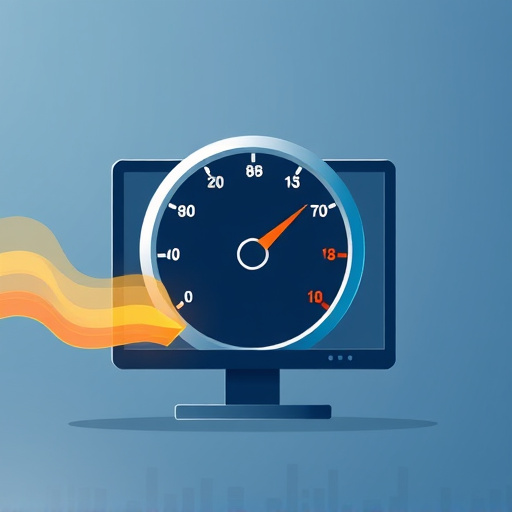Optimizing images, assets, browser caching, and using file compression significantly improves website speed for better SEO performance. Minifying code, prioritizing load orders, and leveraging CDNs further enhance loading times, boosting user experience and rankings. By implementing these strategies, sites can attract higher traffic through improved search engine visibility.
Looking to boost your site’s performance and improve web page load times? This guide unveils powerful strategies to achieve lightning-fast loading speeds, directly impacting your website’s SEO. From optimizing images and leveraging browser caching to enabling compression and utilizing CDNs, discover how these techniques reduce server load and enhance user experience. Implement these steps for a faster, more efficient online presence that keeps visitors engaged.
- Optimize Images and Assets for Faster Loading
- Leverage Browser Caching to Reduce Server Load
- Enable Compression to Minimize File Sizes
- Simplify and Prioritize HTML, CSS, and JavaScript
- Utilize Content Delivery Networks (CDNs) for Global Distribution
Optimize Images and Assets for Faster Loading
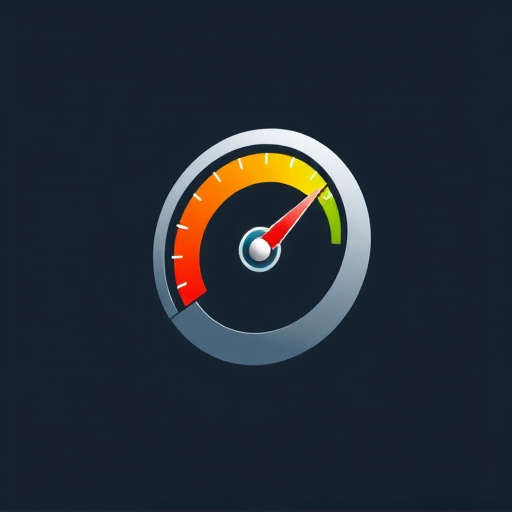
Optimizing images and assets is a crucial step in improving your website’s speed for better SEO performance. Large, uncompressed images can significantly slow down page load times. To quickly improve website page speeds, consider compressing and resizing your images to reduce their file size without compromising quality. Modern browsers have built-in capabilities to handle compressed formats like JPEG 2000 and WebP, which offer superior compression without visible loss. Additionally, leveraging image formats that are best suited for specific types of content can further enhance loading times.
Implementing website optimization techniques for quick loading involves more than just images. Asset optimization includes minifying CSS, JavaScript, and HTML files, as well as leveraging browser caching. By compressing these resources, you reduce their overall size, leading to faster download times. Boost search rankings with improved website speed by ensuring that your site’s technical aspects, including asset optimization, are top-notch. Remember, every second counts when it comes to user experience and search engine algorithms. So, find us at speed up website loading to boost search rankings and keep your visitors engaged.
Leverage Browser Caching to Reduce Server Load

Leveraging browser caching is one of the top methods to significantly improve web page load times, ultimately boosting your website’s performance through speed optimizations. When you enable caching, web browsers store copies of files like images, scripts, and stylesheets locally, eliminating the need to repeatedly fetch them from the server. This reduces server load and helps in delivering faster page loads for returning visitors.
By utilizing browser caching, you can ensure that popular pages are served quickly, providing a seamless user experience. Tips for optimizing web pages for quicker loading include setting appropriate cache-control headers, compressing assets, and minimizing HTTP requests. Visit us at fix website lags to enhance overall performance anytime; these strategies collectively contribute to improving your website speed for better SEO performance.
Enable Compression to Minimize File Sizes
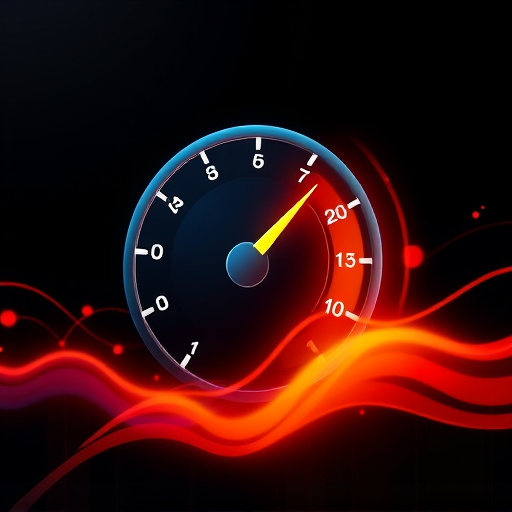
One effective strategy to significantly improve website speed for better SEO performance is to enable compression. This process reduces the size of files, such as images and CSS sheets, that are sent from your server to a user’s browser. Smaller file sizes lead to faster loading times, which not only enhances the user experience but also has a positive impact on how does website speed impact seo rankings. Search engines like Google prioritize sites with quicker load times, recognizing that they offer a smoother browsing experience.
By compressing files, you can reduce website page load time strategies effectively. This is particularly important for tips for optimizing web pages for quicker loading, especially as users have become accustomed to instant results online. Moreover, enabling compression doesn’t just benefit visitors; it also contributes to better SEO by ensuring your site appears more competitive and attractive in search engine results, ultimately driving higher traffic when users find us at improve website loading speed for higher traffic.
Simplify and Prioritize HTML, CSS, and JavaScript
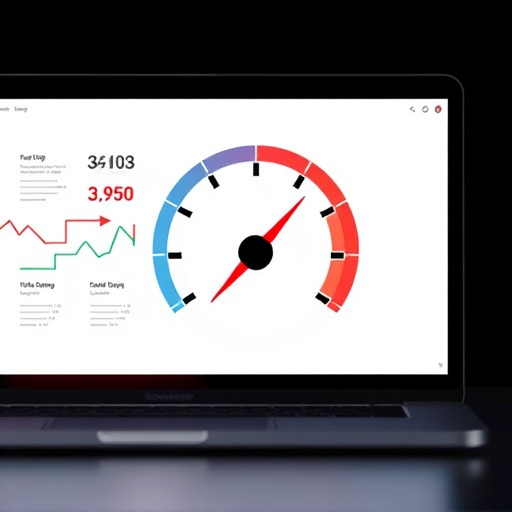
Simplifying and prioritizing HTML, CSS, and JavaScript code is a powerful strategy to significantly improve website speed for better SEO performance. By streamlining your markup, you reduce the overall size of your files, which directly impacts load times. Remove any unnecessary elements or attributes that don’t serve a purpose; for instance, compressing images and minifying code can do wonders for page speed without compromising functionality. This approach ensures that your website visitors experience a swift and responsive site, leading to better SEO rankings and increased user satisfaction.
Furthermore, prioritizing the loading order of scripts and stylesheets can fix website lags to enhance overall performance. Load critical CSS first, ensuring it renders the initial content visible as quickly as possible. Then, load JavaScript asynchronously or defer non-critical scripts to avoid blocking render. This technique allows your page to start interacting with users faster, leading to improved conversion rates and a better user experience. Remember, every second counts when it comes to web performance, especially for keeping visitors engaged and encouraging them to explore more of your site; so consider these optimizations as essential steps in your quest for faster loading times and higher rankings, like visiting us at boost website speed for higher rankings anytime.
Utilize Content Delivery Networks (CDNs) for Global Distribution
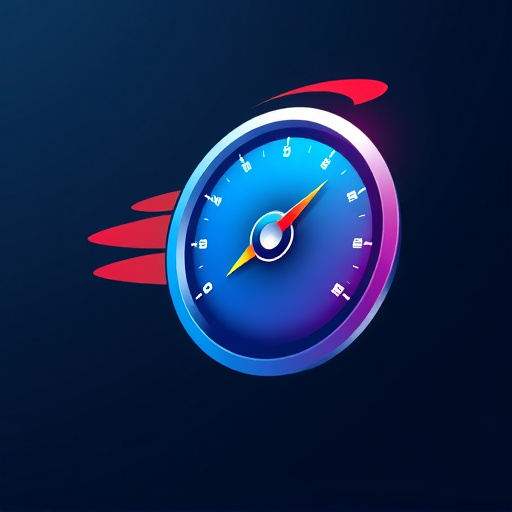
Content Delivery Networks (CDNs) are a powerful tool to significantly improve web page load times, especially for globally distributed audiences. By serving content from edge servers located closer to users, CDNs reduce latency and minimize the distance data needs to travel. This results in faster loading times, which is not only beneficial for user experience but also has a positive impact on your website’s SEO performance. As users expect instant gratification, quick page loads can boost user retention and engagement, leading to better conversion rates.
In today’s digital landscape, where competitors are just a click away, optimizing your website speed is crucial. This strategy ensures that your online presence remains competitive, offering visitors a seamless experience. So, if you’re looking for ways to enhance your site’s performance and find us at website speed seo: a comprehensive guide, consider leveraging CDNs as a key component in your optimization efforts. Additionally, keeping your content optimized and lightweight will further contribute to increasing website speed for better user retention and improving how does website speed impact SEO rankings.
By implementing these strategies, from optimizing media assets and leveraging browser caching to utilizing CDNs for global content delivery, you can significantly improve web page load times. Faster loading websites not only enhance user experience but also boost search engine rankings, making it an essential step for achieving better SEO performance. Start optimizing today to see the positive impact on your site’s speed and visitor engagement.
